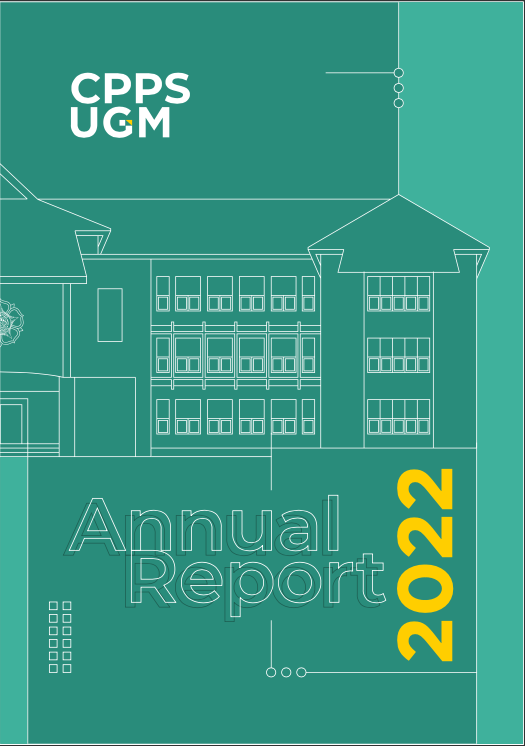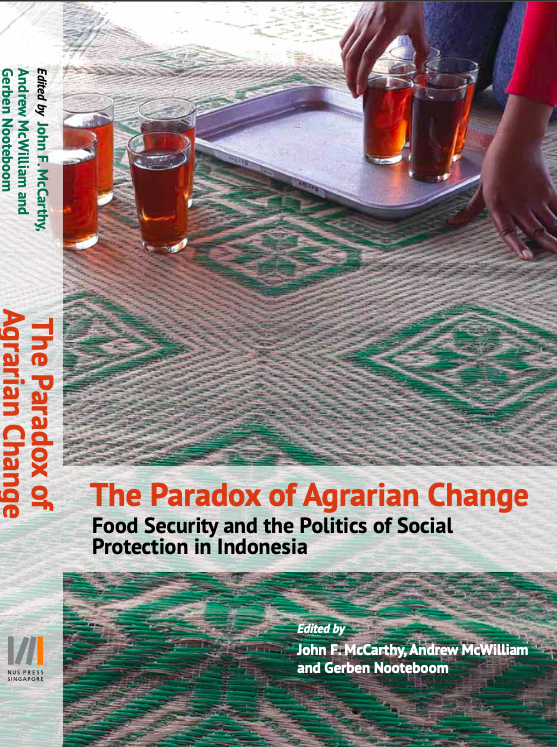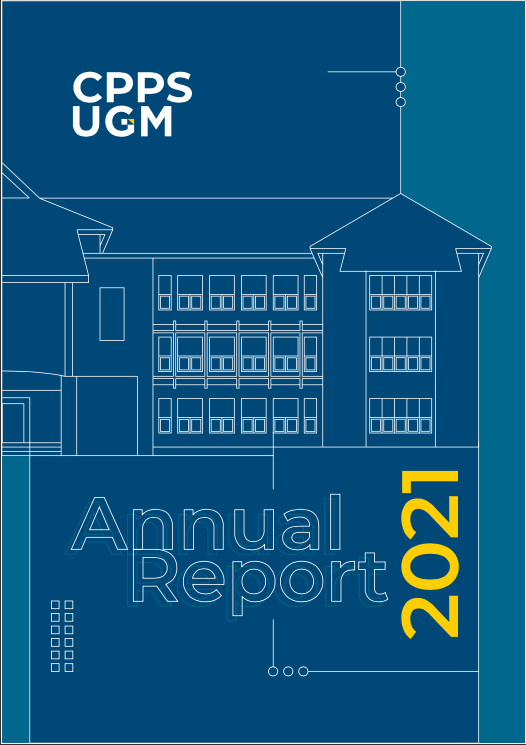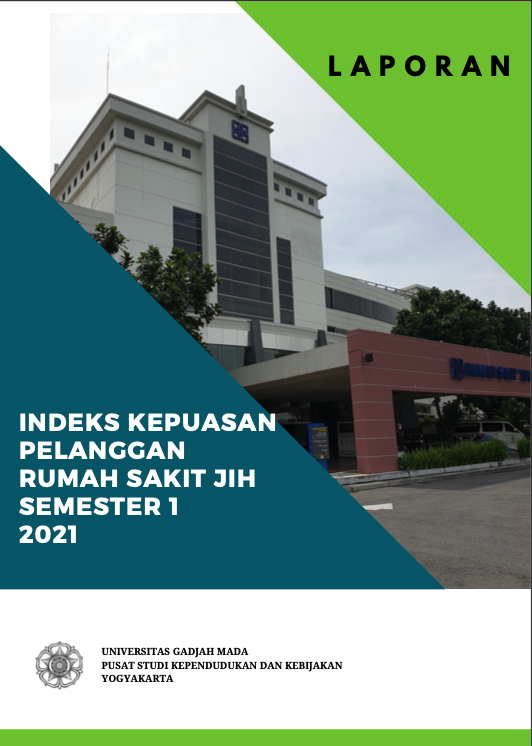Populasi Volume 15 Nomor 2 Tahun 2004
|
Pembangunan Pro-pertumbuhan VS Pro-rakyat
Muhadjir Darwin
The controversy between growth versus equity and poverty reduction is a classic one, which has assumed more relevance in line with global pressure that underlines poverty alleviation as top priority development goal of this millennium. The issue of poverty has been a major government concern right from the beginning of the New Order regime. However, despite registering high economic growth rates, low Gini index and the reduction of people living under poverty, Indonesia continues to face structural problems such as serious asset inequalities, the inability of the poor to fulfill their basic needs, and environmental degradation, a direct consequence of pro-growth development efforts. This paper proposes to a redefinition of main development agenda to encompass policies that encourage income distribution as well as urge the state to give more serious commitment to fulfilling the basic needs of the poor.
Penyerapan Pekerja Pada Usaha Kecil dan Menengah di Indonesia, 1998-2001
Dyah Ratih Sulistyastuti
Discussion of small and medium scale enterprises SMEs is of great relevance due to the immense contribution of the sector toward Indonesia’s economic and social development. The existence and development of SMEs plays a great role in reducing unemployment, alleviating poverty, improving income distribution, and increasing the level of non-oil exports.
This finding of the article confirms the notion that SMEs generate high employment opportunities. Analysis results indicate that during 1998-2001 period, the contribution of SMEs toward employment generation in the industrial sector was above 97 percent, while the contribution of large-scale enterprises stayed at a mere 3 percent. . However, SMEs continue to face various problems, one of which is low labor productivity. This underscores the need for increased government efforts to empower SMEs to enable them achieve maximum development.
Key words: SMEs, labor generation, regional distribution.
Buruh Migran Perempuan di Luar Negeri: Tindak Pelecehan Saat Bekerja
Agus Joko Pitoyo
This study explores forms and contextual factors of sexual harassment affecting women migrant workers from Ponorogo, East Java, Indonesia, working abroad. The analysis uses both quantitative retrospective cross-sectional and qualitative methods. In order to understand the complexity of the phenomenon, qualitative methods were used, which encompassed observation, in-depth interview and focus group discussion. This entailed the selection of 16 women migrant workers who served as key informants. With regard to the quantitative data on sexual harassment, a survey using structured questionnaires was undertaken, involving 172 respondents. This small manuscript narrates the magnitude, personal history and incidences of sexual harassment experienced by international women migrant workers. The results showed that a small percentage of the respondents, 16.3 percent, experienced sexual abuse during their stay in cramped up temporary shelters prior to leaving for overseas; while 58.7 percent of the respondents had been subjected to physical and sexual torture at work in the host countries. The prevalence of sexual harassment is attributed to several factors, which encompass personal factors, relationships, working environment and existing regulations. The poor mechanism used to place Indonesian women workers overseas was also identified as a factor that exacerbated the malpractice.
Perilaku Seks Beresiko Tinggi: Intensitas dan Insiden PMS dan HIV/AIDS
Sri Purwatiningsih
The spread of STDs and HIV/AIDS is primarily caused by high-risk sexual activities. This includes indulging in pre-marital and extramarital sexual practices with more than a single partner. The altering changing of sexual partners is a social reality that has been taking place for hundreds of years, a factor reflected in many cultural heirlooms. This promiscuous practice has become a custom of certain ethnic groups in Indonesia.
The intensity of high-risk sexual activity, both premarital and extramarital, occurs in a number of groups within the population. Promiscuity is reflected in the increase in both overt and covert prostitution. The incidence of STDs and HIV/AIDS is predominantly caused by unsafe sexual practice that is indulging in sex with more than one partner, without using condoms. One of the main factors which is attributable to the increase of STDs and HIV/AIDS incidences in Indonesia is the lack of socialization of safe sexual practices. In addition, the ambivalent attitude often shown by stake holders in facing the problem of high-risk sexual activity, which is partially due to moral and health issues involved, results into inadequate efforts to prevent the spread of STDs and HIV/AIDS.
——————————
Cara Berlangganan
1. Mengisi formulir berlangganan
2. Transfer biaya langganan melalui rekening Bank Niaga Cabang Soedirman Yogyakarta, No. Rek. 018-01-1412-00-3, atas nama YP3K UGM
- Harga eceran: Rp 15.000,00 / eks
- Langganan P. Jawa: Rp 40.000,00 / tahun (sudah termasuk ongkos kirim)
- Langganan Luar P. Jawa: Rp 50.000,00 / tahun (sudah termasuk ongkos kirim)
3. Fax formulir berlangganan dan bukti transfer ke 0274 – 556563 atau 582230
Petunjuk Bagi Penulis
Redaksi menerima kiriman artikel dengan ketentuan sebagai berikut:
1. Artikel belum pernah dipublikasikan oleh media cetak lainnya.
2. Artikel dapat berupa hasil penelitian (lapangan, laboratorium, kepustakaan), gagasan konseptual kajian, dan aplikasi teori, serta ulasan buku.
3. Naskah ditulis dalam bahasa Indonesia atau bahasa Inggris, diketik spasi 1,5 pada kertas ukuran kuarto atau A4, jumlah halaman antara 25 sampai dengan 30 halaman, termasuk daftar pustaka, tabel, dan gambar/peta.
4. Artikel ditulis dalam bentuk esai dan berisi:
- Abstrak (50-75 kata) dengan bahasa yang tidak sama dengan bahasa artikelnya,
- kata-kata kunci (2-4 kata),
- identitas penulis (CV ringkas),
- pengantar/pendahuluan (tanpa sub-bab) memuat latar belakang masalah, sedikit tinjauan pustaka, masalah atau tujuan, dan kerangka pemikiran teoritis. Pembahasan disajikan dalam sub-bab-sub-bab,
- kesimpulan/penutup,
- daftar rujukan / pustaka yang diacu harus pakai dan masuk dalam artikel.
5. Daftar pustaka ditulis dengan tata cara mengurutkan secara alfabetis dan kronologis, sebagai berikut:
- Buku: nama penulis, tahun penerbitan, nama buku (dimiringkan), kota penerbitan, dan nama penerbit
- Salah satu bab/bagian dalam buku: nama penulis, tahun penerbitan, judul bab/bagian (ditulis dalam tanda petik), dalam nama buku (dimiringkan), nama penulis buku, kota penerbitan, nama penerbit, halaman … hingga …
- Jurnal/majalah: nama penulis, tahun penerbitan, judul artikel/jurnal/, volume … nomor … halaman … hingga …
6. Naskah dikirim sebanyak dua eksemplar disertai file artikel (CD) dengan menggunakan pengolah kata (Microsoft Word) ke Redaksi Populasi, Pusat Studi Kependudukan dan Kebijakan UGM, Bulaksumur G-7, Yogyakarta 55281. Dapat pula dikirim melalui email populasi@cpps.or.id
7. Kepastian pemuatan atau penolakan naskah dikirim secara tertulis. Artikel yang tidak dimuat tidak akan dikembalikan, kecuali atas permintaan penulis.





